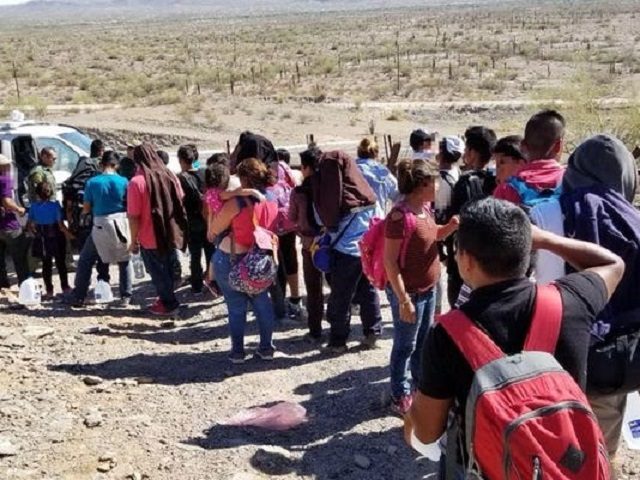The director of the Office of Refugee Resettlement (ORR) at the Department of Health and Human Services (HHS) testified Thursday that the number of unaccompanied alien children (UAC) who entered the United States this year “has risen to levels we have never before seen.”
In his written testimony before the House Committee on Energy and Commerce, Jonathan Hayes said, as of Monday, the Department of Homeland Security (DHS) has referred more than 67,000 UACs to his office – the highest number in the history of the program.
Currently, HHS has less than 6,000 children in its care, but that number fluctuates each day, he said. In June, for example, the number of UACs in HHS’s care was at a high of more than 13,700.
Hayes explained further:
This decline is due to a decrease in daily referrals over the last few months, and ORR’s ability to maintain a steady high discharge rate of UAC placement with sponsors. As of July, the average length of time that a child stays in HHS’ custody is approximately 50 days, which is a dramatic decrease of over 40 percent from late November 2018, where the average length of care was 90 days.
Hayes said HHS is “deeply committed to the physical and emotional wellbeing of all children temporarily in our care.”
He added that his staff is trained in assessing and treating children who may have suffered traumatic experiences, “including those who have been separated from their parents.”
ORR staff are also trained to identify children who may have been smuggled into the U.S. and/or are victims of human trafficking.
Hayes explained that the Homeland Security Act of 2002 placed UACs with ORR instead of a law enforcement agency.
UACs, he said, are individuals “under the age of 18; with no lawful immigration status; and without a parent or legal guardian present in the United States available to provide care and custody of the child.”
“Once an apprehending agency determines that the child is a UAC, that agency is responsible for referring the child to ORR for care and custody,” he explained.
According to Hayes, HHS runs about 170 state-licensed care provider facilities and programs for UACs across the United States.
“By December 31, 2020, we anticipate that we will have increased permanent, state-licensed facilities, including foster care,” he testified. “These beds will be funded by a combination of the supplemental funding appropriated earlier this year as well as discretionary funds requested in the President’s 2020 Budget.”

COMMENTS
Please let us know if you're having issues with commenting.